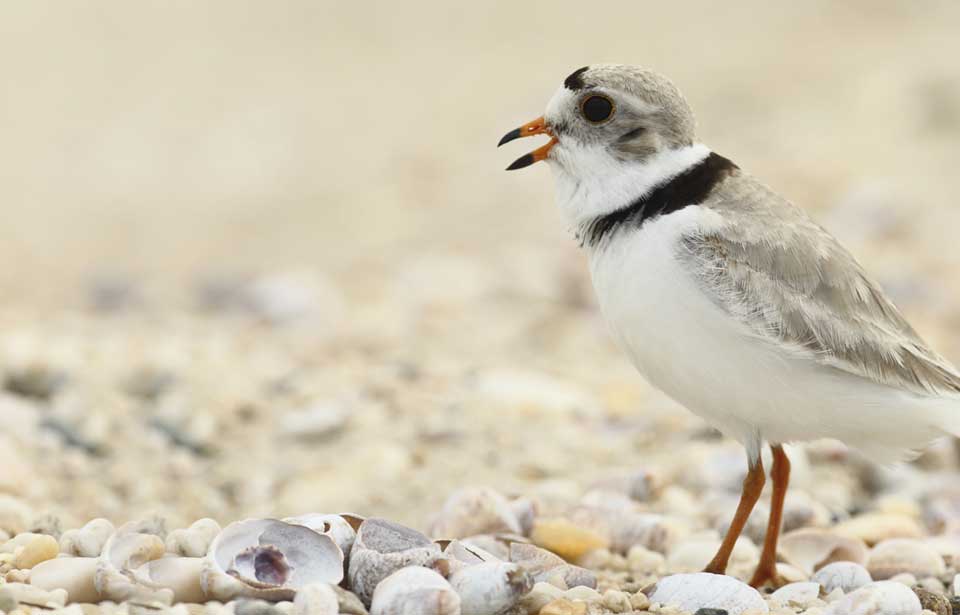Remember, shorelines are wildlife habitats. Leave natural materials, like driftwood, seaweed, and shells in place; prevent erosion by staying away from sand dunes and not trampling vegetation; and never disturb breeding areas, especially those of endangered species, such as the piping plover.
Post signs depicting nesting birds with such messages as “No dumping!” and “No ATVs” along the shoreline.
Restore vegetation by choosing native plants that provide wildlife food and cover as well as erosion control.
Be sure to consult with experts before undertaking a revegetation project.
Recruit volunteers for a shoreline clean-up crusade through local media and posters displayed in community centres and other schools, and by contacting groups such as Girl Guides of Canada, Scouts Canada, and 4-H clubs.
Invite local businesses to sponsor the clean-up through cash donations for supplies like garbage bags, rubber gloves, “No Dumping” signs, first-aid kits, and refreshments for volunteers.
Arrange in advance with your municipality for the pick-up of trash, recyclables, and hazardous wastes.



